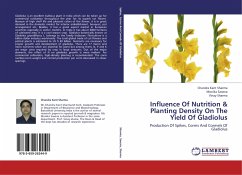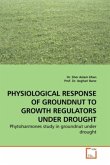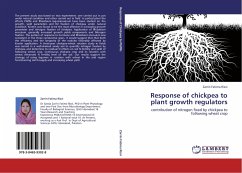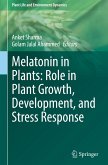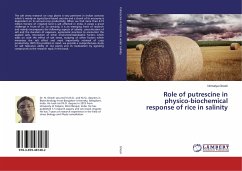Gladiolus Cultivar Friendship is highly susceptible
to soil born Fungus Fusarium oxysporum. Highly
resistant cell-lines were regenerated through
in-vitro selection at callus and cell suspension
level. Cell suspensions of all four Gladiolus
cultivars were found highly sensitive to fusaric
acid. Gradual increase in fusaric acid concentrations
to the cell-suspension cultures decreased cell growth
considerably. The cormlets of all in-vitro selected
cell lines of "Friendship" were inoculated with a
conidial suspension of the F. oxysporum. The four
selected cell lines showed the same response whether
or not inoculated with conidia of the F.
oxysporum. Plantlets of all of the selected cell
lines exhibited significant growth as compared with
control. RAPD markers were used to estimate
genetic diversity among the selected Fusarium
resistant cell-lines. Marker data was generated
through three successive generations. The number of
fragments per primer ranged from 4 to 10. The total
size of the amplified products varied from 200bp to
1800bp. All the primers were found to be polymorphic
and produced upto 62% polymorphism.
to soil born Fungus Fusarium oxysporum. Highly
resistant cell-lines were regenerated through
in-vitro selection at callus and cell suspension
level. Cell suspensions of all four Gladiolus
cultivars were found highly sensitive to fusaric
acid. Gradual increase in fusaric acid concentrations
to the cell-suspension cultures decreased cell growth
considerably. The cormlets of all in-vitro selected
cell lines of "Friendship" were inoculated with a
conidial suspension of the F. oxysporum. The four
selected cell lines showed the same response whether
or not inoculated with conidia of the F.
oxysporum. Plantlets of all of the selected cell
lines exhibited significant growth as compared with
control. RAPD markers were used to estimate
genetic diversity among the selected Fusarium
resistant cell-lines. Marker data was generated
through three successive generations. The number of
fragments per primer ranged from 4 to 10. The total
size of the amplified products varied from 200bp to
1800bp. All the primers were found to be polymorphic
and produced upto 62% polymorphism.


